Zhenguo Nie
Rethinking Rotation-Invariant Recognition of Fine-grained Shapes from the Perspective of Contour Points
Mar 14, 2025Abstract:Rotation-invariant recognition of shapes is a common challenge in computer vision. Recent approaches have significantly improved the accuracy of rotation-invariant recognition by encoding the rotational invariance of shapes as hand-crafted image features and introducing deep neural networks. However, the methods based on pixels have too much redundant information, and the critical geometric information is prone to early leakage, resulting in weak rotation-invariant recognition of fine-grained shapes. In this paper, we reconsider the shape recognition problem from the perspective of contour points rather than pixels. We propose an anti-noise rotation-invariant convolution module based on contour geometric aware for fine-grained shape recognition. The module divides the shape contour into multiple local geometric regions(LGA), where we implement finer-grained rotation-invariant coding in terms of point topological relations. We provide a deep network composed of five such cascaded modules for classification and retrieval experiments. The results show that our method exhibits excellent performance in rotation-invariant recognition of fine-grained shapes. In addition, we demonstrate that our method is robust to contour noise and the rotation centers. The source code is available at https://github.com/zhenguonie/ANRICN_CGA.
UNeR3D: Versatile and Scalable 3D RGB Point Cloud Generation from 2D Images in Unsupervised Reconstruction
Dec 10, 2023Abstract:In the realm of 3D reconstruction from 2D images, a persisting challenge is to achieve high-precision reconstructions devoid of 3D Ground Truth data reliance. We present UNeR3D, a pioneering unsupervised methodology that sets a new standard for generating detailed 3D reconstructions solely from 2D views. Our model significantly cuts down the training costs tied to supervised approaches and introduces RGB coloration to 3D point clouds, enriching the visual experience. Employing an inverse distance weighting technique for color rendering, UNeR3D ensures seamless color transitions, enhancing visual fidelity. Our model's flexible architecture supports training with any number of views, and uniquely, it is not constrained by the number of views used during training when performing reconstructions. It can infer with an arbitrary count of views during inference, offering unparalleled versatility. Additionally, the model's continuous spatial input domain allows the generation of point clouds at any desired resolution, empowering the creation of high-resolution 3D RGB point clouds. We solidify the reconstruction process with a novel multi-view geometric loss and color loss, demonstrating that our model excels with single-view inputs and beyond, thus reshaping the paradigm of unsupervised learning in 3D vision. Our contributions signal a substantial leap forward in 3D vision, offering new horizons for content creation across diverse applications. Code is available at https://github.com/HongbinLin3589/UNeR3D.
IC classifier: a classifier for 3D industrial components based on geometric prior using GNN
Mar 10, 2023



Abstract:In this paper, we propose an approach to address the problem of classifying 3D industrial components by introducing a novel framework named IC-classifier (Industrial Component classifier). Our framework is designed to focus on the object's local and global structures, emphasizing the former by incorporating specific local features for embedding the model. By utilizing graphical neural networks and embedding derived from geometric properties, IC-classifier facilitates the exploration of the local structures of the object while using geometric attention for the analysis of global structures. Furthermore, the framework uses point clouds to circumvent the heavy computation workload. The proposed framework's performance is benchmarked against state-of-the-art models, demonstrating its potential to compete in the field.
Artificial Intelligence Enhanced Rapid and Efficient Diagnosis of Mycoplasma Pneumoniae Pneumonia in Children Patients
Feb 20, 2021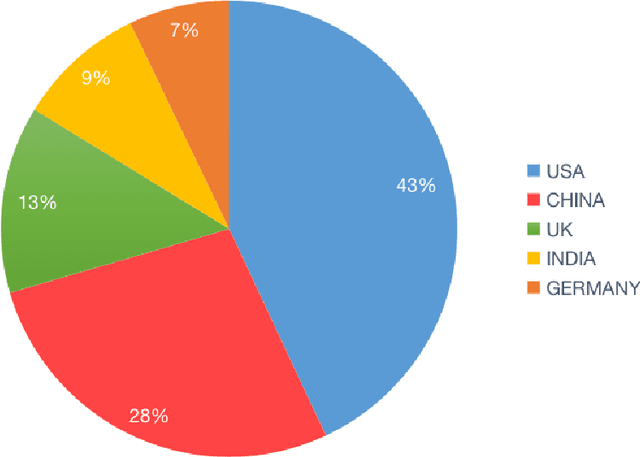
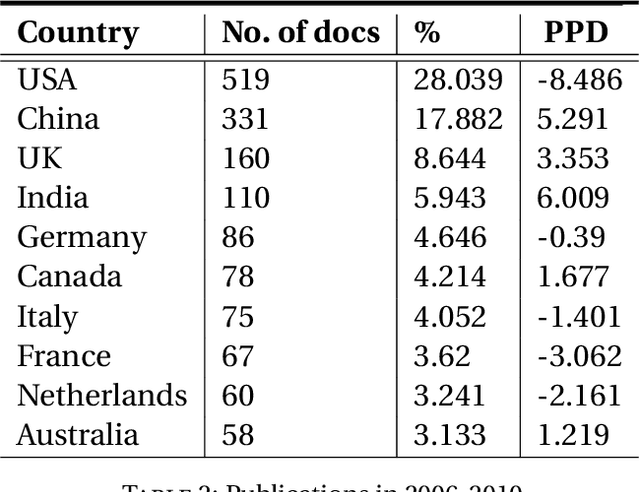
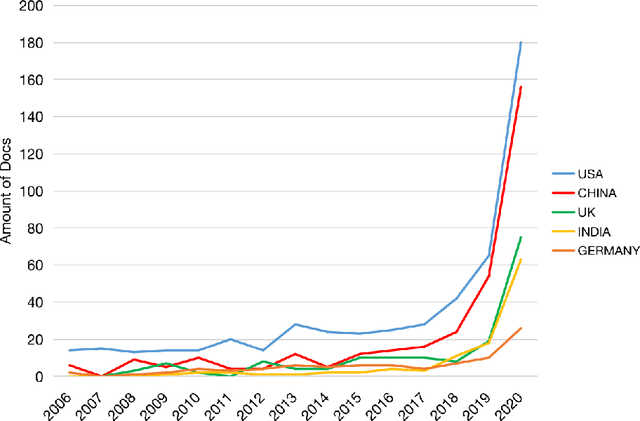
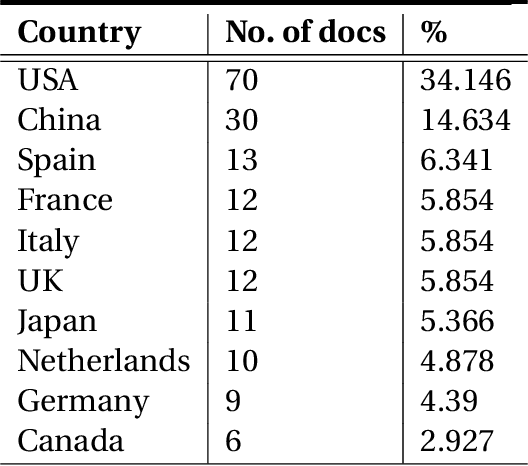
Abstract:Artificial intelligence methods have been increasingly turning into a potentially powerful tool in the diagnosis and management of diseases. In this study, we utilized logistic regression (LR), decision tree (DT), gradient boosted decision tree (GBDT), support vector machine (SVM), and multilayer perceptron (MLP) as machine learning models to rapidly diagnose the mycoplasma pneumoniae pneumonia (MPP) in children patients. The classification task was carried out after applying the preprocessing procedure to the MPP dataset. The most efficient results are obtained by GBDT. It provides the best performance with an accuracy of 93.7%. In contrast to standard raw feature weighting, the feature importance takes the underlying correlation structure of the features into account. The most crucial feature of GBDT is the "pulmonary infiltrates range" with a score of 0.5925, followed by "cough" (0.0953) and "pleural effusion" (0.0492). We publicly share our full implementation with the dataset and trained models at https://github.com/zhenguonie/2021_AI4MPP.
StressGAN: A Generative Deep Learning Model for 2D Stress Distribution Prediction
May 30, 2020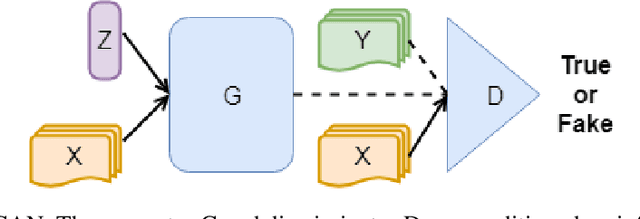

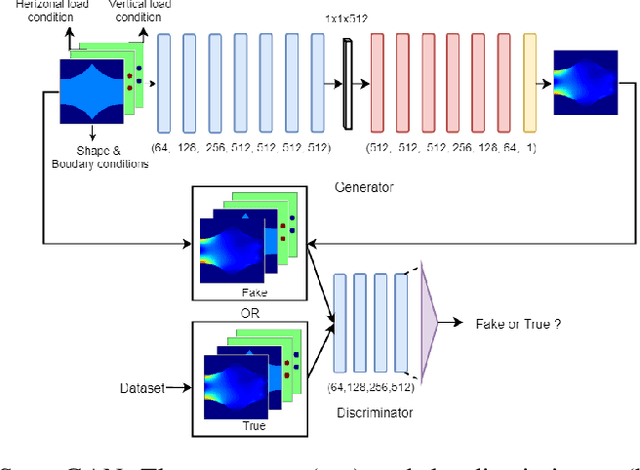

Abstract:Using deep learning to analyze mechanical stress distributions has been gaining interest with the demand for fast stress analysis methods. Deep learning approaches have achieved excellent outcomes when utilized to speed up stress computation and learn the physics without prior knowledge of underlying equations. However, most studies restrict the variation of geometry or boundary conditions, making these methods difficult to be generalized to unseen configurations. We propose a conditional generative adversarial network (cGAN) model for predicting 2D von Mises stress distributions in solid structures. The cGAN learns to generate stress distributions conditioned by geometries, load, and boundary conditions through a two-player minimax game between two neural networks with no prior knowledge. By evaluating the generative network on two stress distribution datasets under multiple metrics, we demonstrate that our model can predict more accurate high-resolution stress distributions than a baseline convolutional neural network model, given various and complex cases of geometry, load and boundary conditions.
TopologyGAN: Topology Optimization Using Generative Adversarial Networks Based on Physical Fields Over the Initial Domain
Mar 11, 2020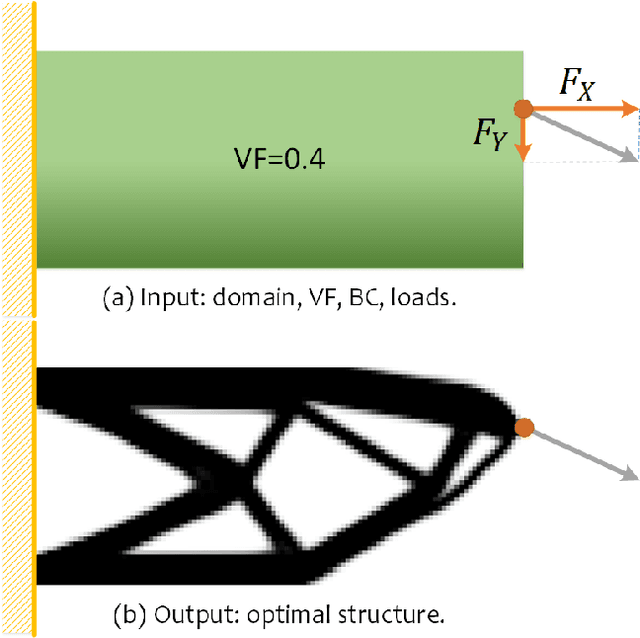

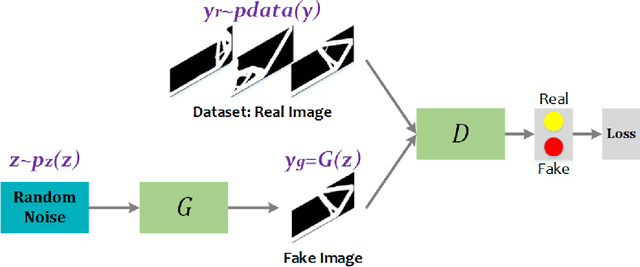
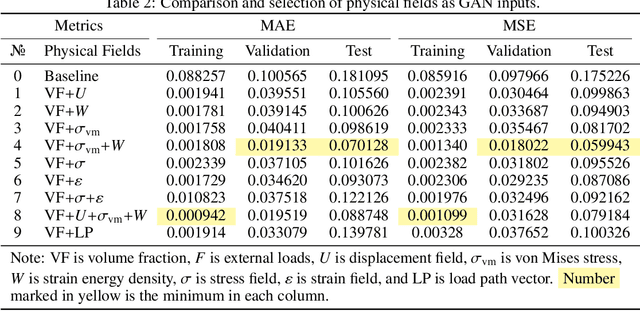
Abstract:In topology optimization using deep learning, load and boundary conditions represented as vectors or sparse matrices often miss the opportunity to encode a rich view of the design problem, leading to less than ideal generalization results. We propose a new data-driven topology optimization model called TopologyGAN that takes advantage of various physical fields computed on the original, unoptimized material domain, as inputs to the generator of a conditional generative adversarial network (cGAN). Compared to a baseline cGAN, TopologyGAN achieves a nearly $3\times$ reduction in the mean squared error and a $2.5\times$ reduction in the mean absolute error on test problems involving previously unseen boundary conditions. Built on several existing network models, we also introduce a hybrid network called U-SE(Squeeze-and-Excitation)-ResNet for the generator that further increases the overall accuracy. We publicly share our full implementation and trained network.
Deep Learning for Stress Field Prediction Using Convolutional Neural Networks
Aug 27, 2018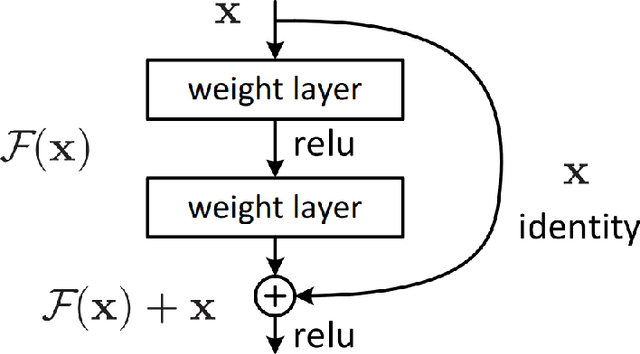

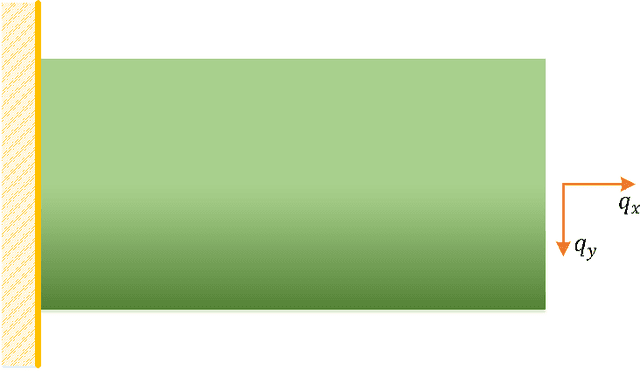
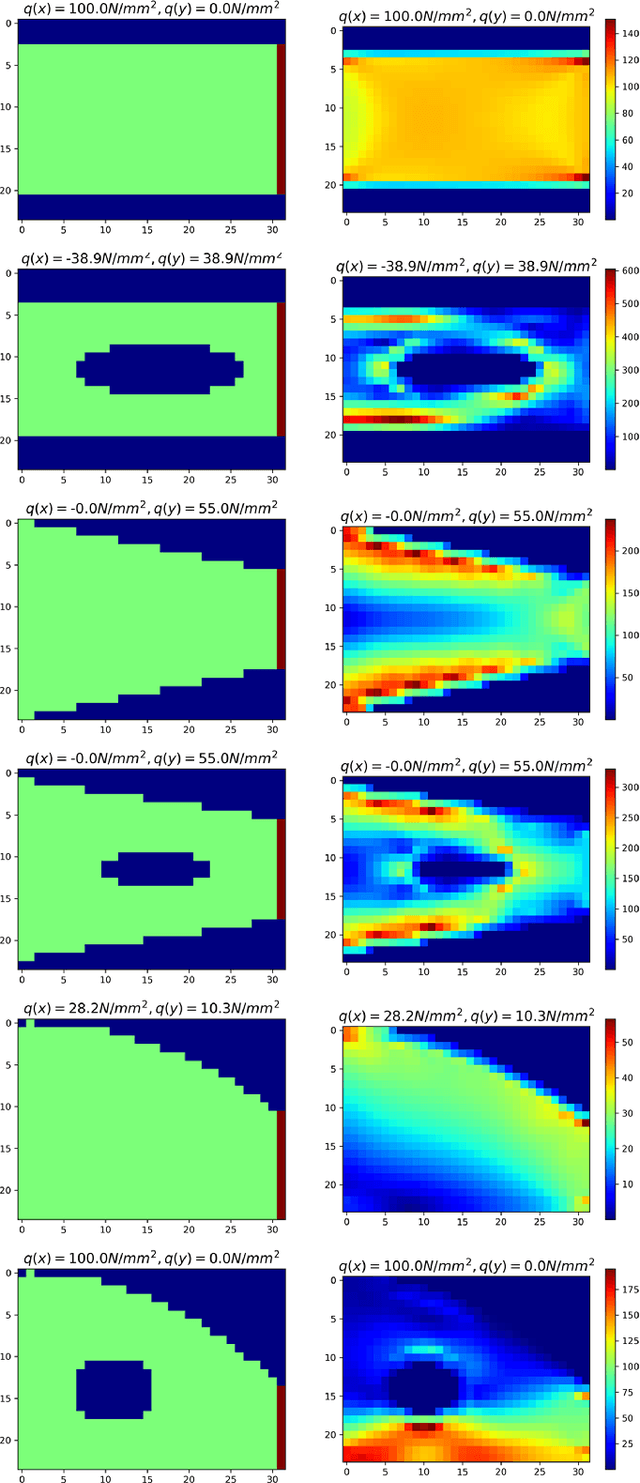
Abstract:This research presents a deep learning based approach to predict stress fields in the solid material elastic deformation using convolutional neural networks (CNN). Two different architectures are proposed to solve the problem. One is Feature Representation embedded Convolutional Neural Network (FR-CNN) with a single input channel, and the other is Squeeze-and-Excitation Residual network modules embedded Fully Convolutional Neural network (SE-Res-FCN) with multiple input channels. Both the tow architectures are stable and converged reliably in training and testing on GPUs. Accuracy analysis shows that SE-Res-FCN has a significantly smaller mean squared error (MSE) and mean absolute error (MAE) than FR-CNN. Mean relative error (MRE) of the SE-Res-FCN model is about 0.25% with respect to the average ground truth. The validation results indicate that the SE-Res-FCN model can accurately predict the stress field. For stress field prediction, the hierarchical architecture becomes deeper within certain limits, and then its prediction becomes more accurate. Fully trained deep learning models have higher computational efficiency over conventional FEM models, so they have great foreground and potential in structural design and topology optimization.
 Add to Chrome
Add to Chrome Add to Firefox
Add to Firefox Add to Edge
Add to Edge